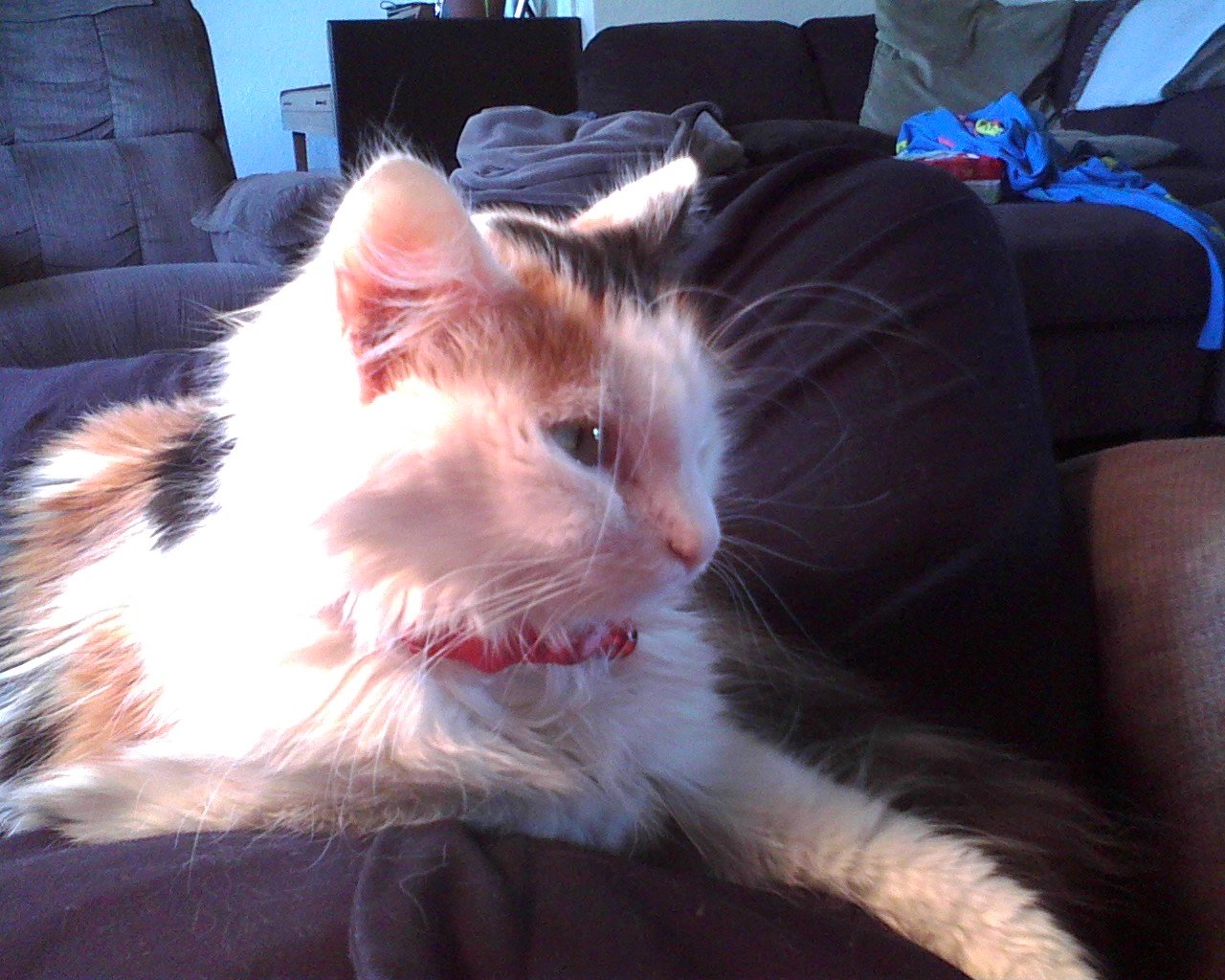Your cat might not spell it out, but they give off plenty of clues when they’re happy—or not. A thriving cat is playful, has a healthy appetite, grooms regularly, and enjoys lounging in their favorite sunny spots. You’ll also notice relaxed body language and maybe even a few loving headbutts. On the flip side, signs of distress can be subtle: sudden hiding, avoiding food, excessive grooming, or unusual aggression might all be red flags. If your usually chill cat starts vocalizing more or stops using the litter box, it’s worth a closer look. Knowing these signs helps you stay in tune with their well-being. A little awareness goes a long way in keeping your feline friend happy and healthy.
Bright Eyes and a Glossy Coat: Signs of Good Health
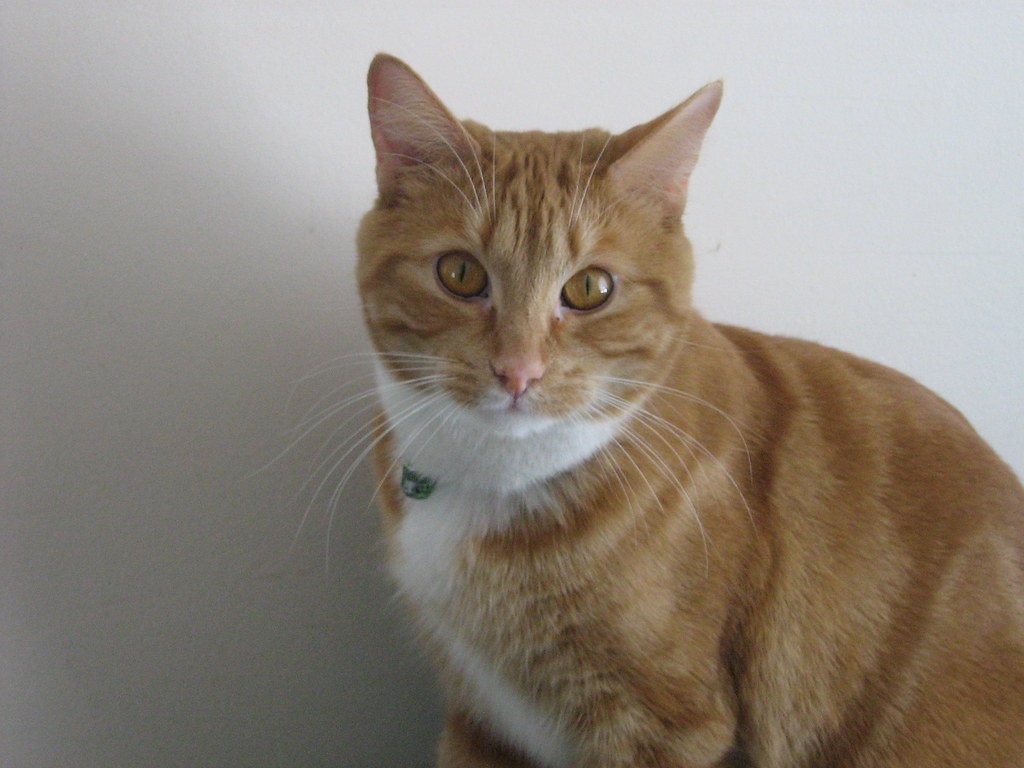
A cat’s eyes can be windows not just to their soul, but also to their well-being. When your cat’s eyes are clear, bright, and free from discharge, it’s a fantastic sign. A healthy cat will have no redness, cloudiness, or excessive tearing. Pair that with a shiny, soft coat and you know your furry friend is feeling great. Regular grooming not only keeps their fur sleek, but also helps distribute natural oils, which adds to the glossiness.
If your cat is constantly cleaning themselves, it’s a sign they care about their appearance and comfort. On the other hand, a dull coat or matted fur could be a signal of underlying issues. But when you see your cat gleaming and their eyes sparkling, you can rest easy. That’s the look of a cat who’s truly thriving.
Playfulness and Curiosity: The Joy of a Happy Cat
Nothing warms the heart quite like watching a cat pounce on a toy mouse or chase a dancing feather. Playfulness isn’t just adorable—it’s a vital indicator that your cat feels safe, healthy, and content. Whether it’s a wild sprint around the house at midnight or a gentle bat of a ball, active play shows your cat is both physically and mentally engaged.
Curiosity is another hallmark of a thriving cat. You might find your cat investigating new boxes, sniffing at shopping bags, or watching birds from the window. This natural curiosity keeps their minds sharp and spirits high. If your cat greets each day with enthusiasm and a sense of adventure, you’re doing something right.
Steady Appetite and Regular Eating Habits
A healthy appetite is one of the clearest signs that your cat is thriving. Cats are creatures of habit, often eating at the same times each day and showing excitement when it’s mealtime. If your cat comes running at the familiar sound of kibble or waits patiently by their bowl, it’s a sign that they feel secure and well.
Consistent eating patterns and maintaining a stable weight are positive indicators. Sudden changes, like eating too much or too little, can be red flags. But when your cat eats eagerly and finishes their meals, you can feel confident about their health and happiness.
Affectionate Behavior and Seeking Attention
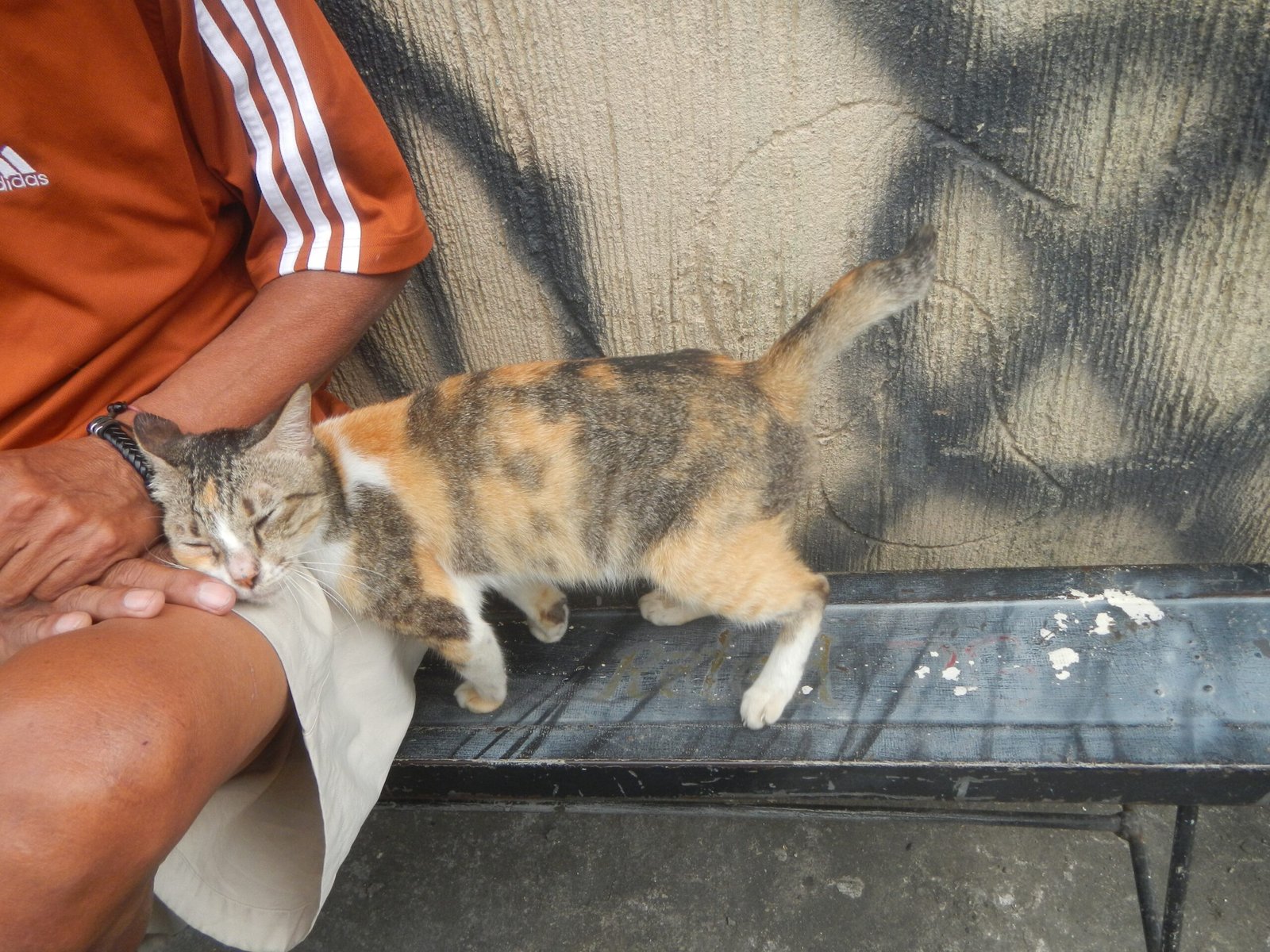
When a cat chooses to curl up on your lap or nudge your hand for pets, it’s a moment worth savoring. Affectionate behavior, whether it’s head-butting, purring, or following you from room to room, means your cat trusts you and feels emotionally secure. This bond is built over time and is a precious sign that your cat is thriving in your care.
Not all cats are equally cuddly, but even independent cats show affection in their own ways—like slow blinking, gentle kneading, or simply being nearby. If your cat seeks out your company and responds to your touch, consider it a big, warm stamp of approval.
Consistent Litter Box Habits and Grooming
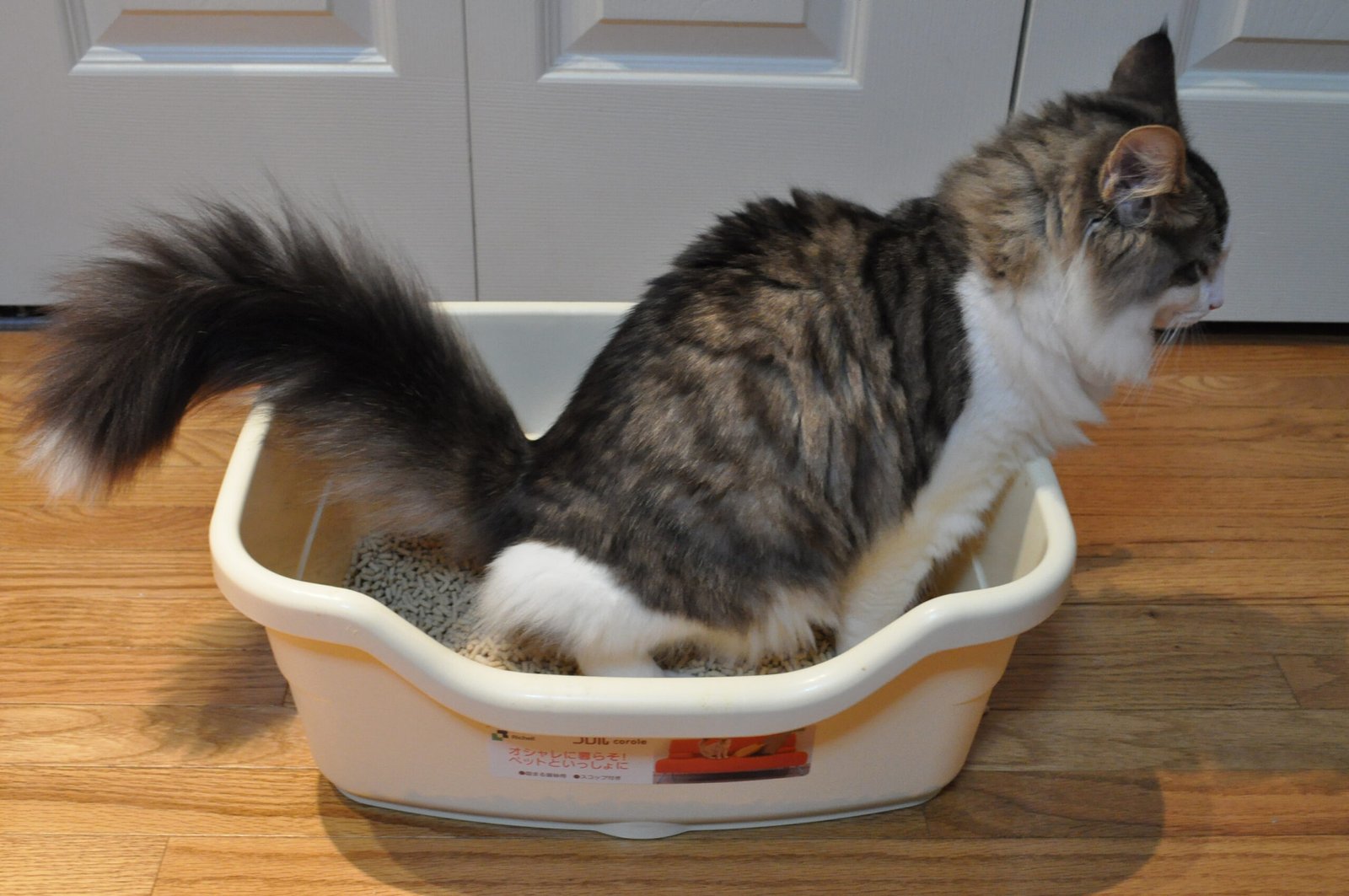
Let’s face it, nobody loves cleaning the litter box. But what you find there can tell you a lot about your cat’s health. A thriving cat will use the litter box regularly and with no signs of distress. Their stools will be well-formed, and there won’t be any unusual odors or mess outside the box.
Grooming is another reassuring sign. Cats are fastidious creatures, and daily self-cleaning helps keep their coats in good shape. If your cat is maintaining their own hygiene and using the litter box without issue, you’ve got a happy, healthy feline on your hands.
Withdrawal and Hiding: A Subtle SOS
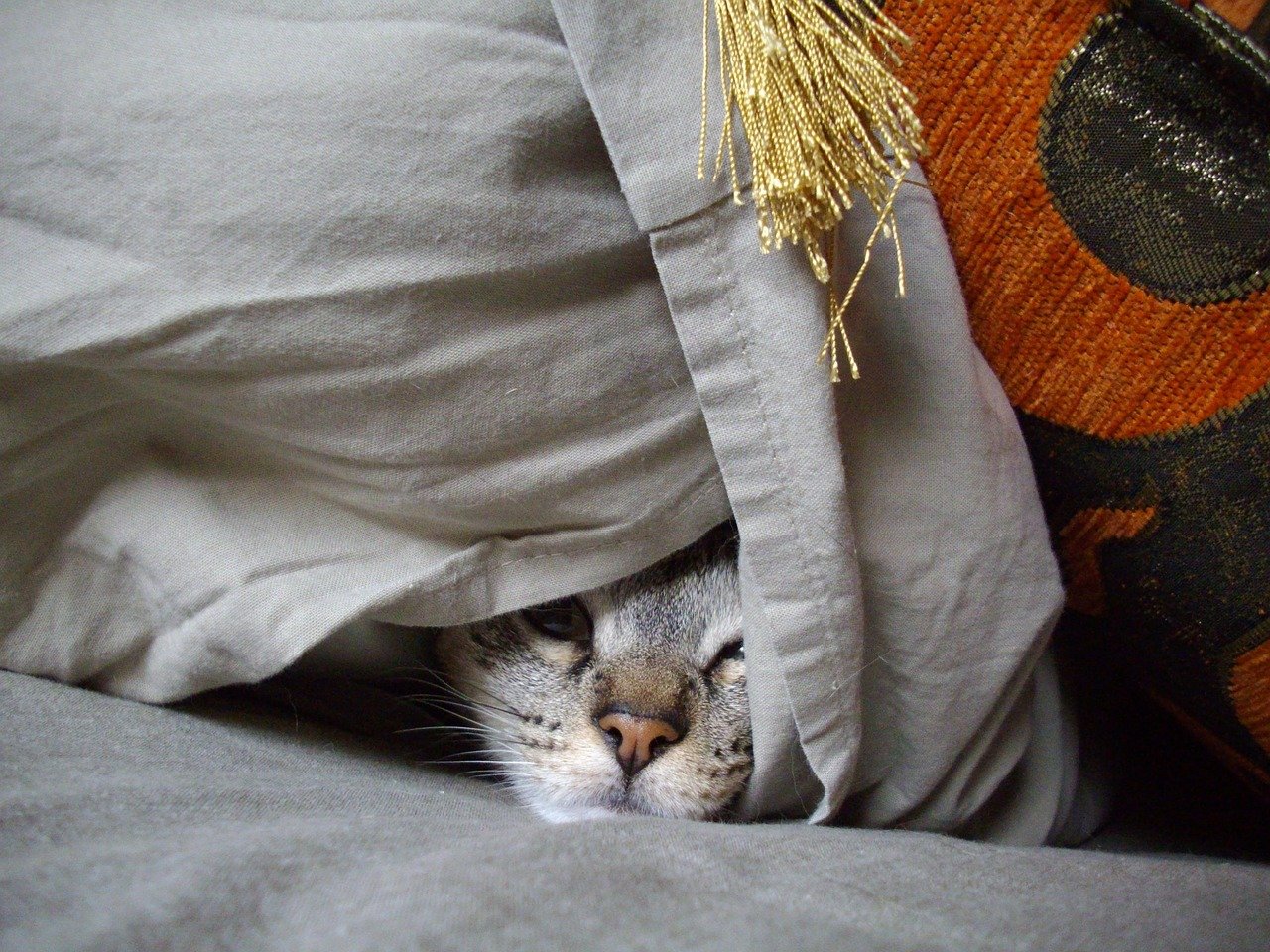
When a normally social cat starts hiding under the bed or avoiding family members, it’s time to pay attention. Withdrawal can be a sign of emotional or physical distress. Cats often retreat when they’re feeling unwell, anxious, or scared. This behavior may be subtle, especially in multi-cat households where it’s easy to miss changes in routine.
If your cat suddenly stops greeting you or spends most of the day in hiding, don’t ignore it. It’s their way of telling you that something just isn’t right, whether it’s pain, fear, or illness.
Changes in Grooming: Over-Grooming or Neglect
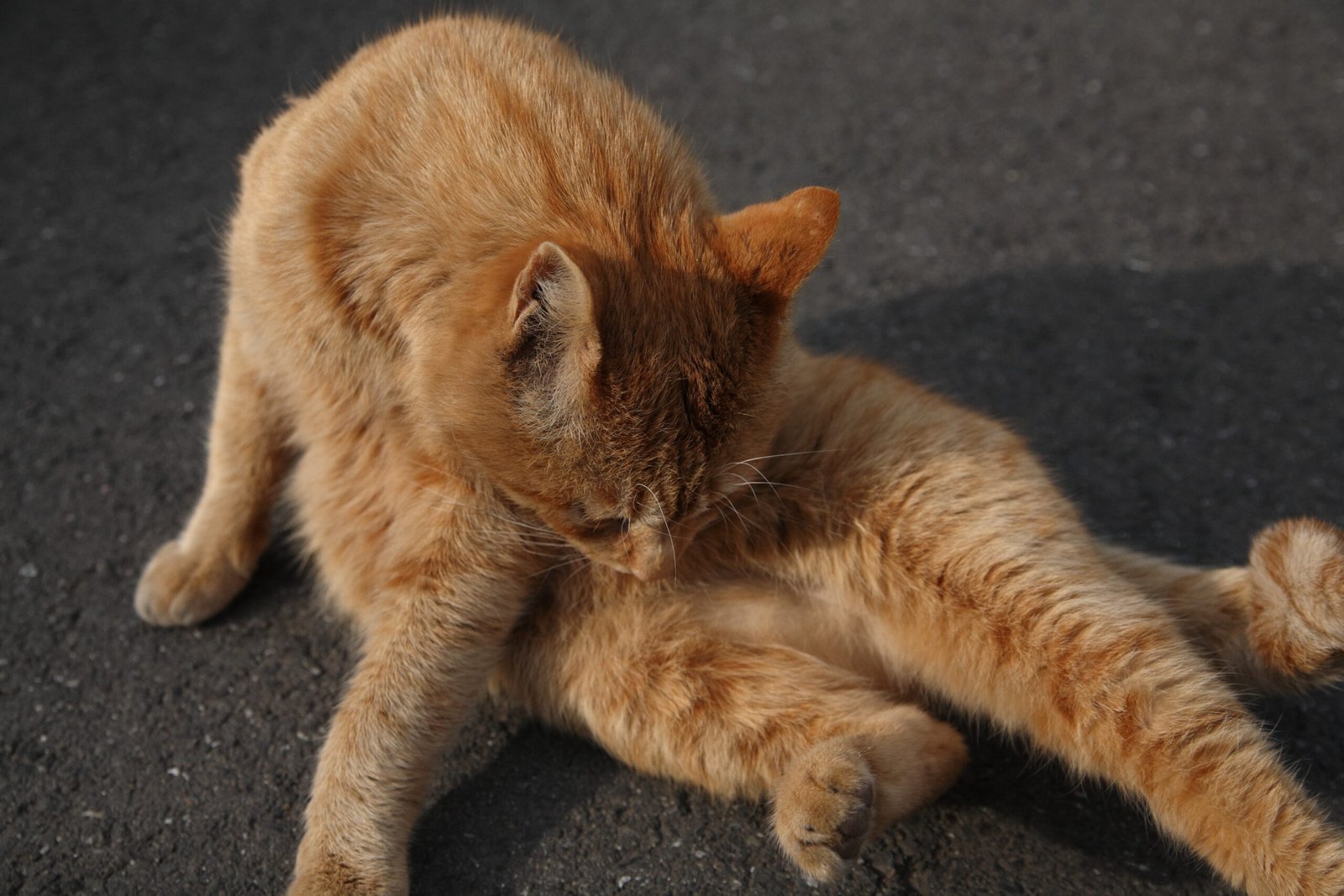
While grooming is a sign of health, changes in grooming habits can be a distress signal. Some cats may over-groom, licking or biting themselves until they develop bald patches or sores. This can be a response to stress, anxiety, allergies, or skin conditions. On the flip side, a cat that stops grooming entirely may be feeling depressed, in pain, or suffering from a medical issue.
If you notice your cat’s coat looking ragged, greasy, or patchy, it’s time for a closer look. These changes often mean your cat needs help and shouldn’t be ignored.
Loss of Appetite or Sudden Weight Changes
A cat that stops eating or suddenly loses weight is waving a red flag. Appetite loss can be caused by many things: dental pain, illness, stress, or a change in environment. Cats can quickly become very sick if they go without food for even a short time, so don’t brush off this sign.
Sudden weight gain can also be a concern, sometimes signaling metabolic problems or other health issues. If your cat’s eating habits shift dramatically, reach out to your vet right away. Quick action can make all the difference.
Lethargy and Lack of Interest in Play
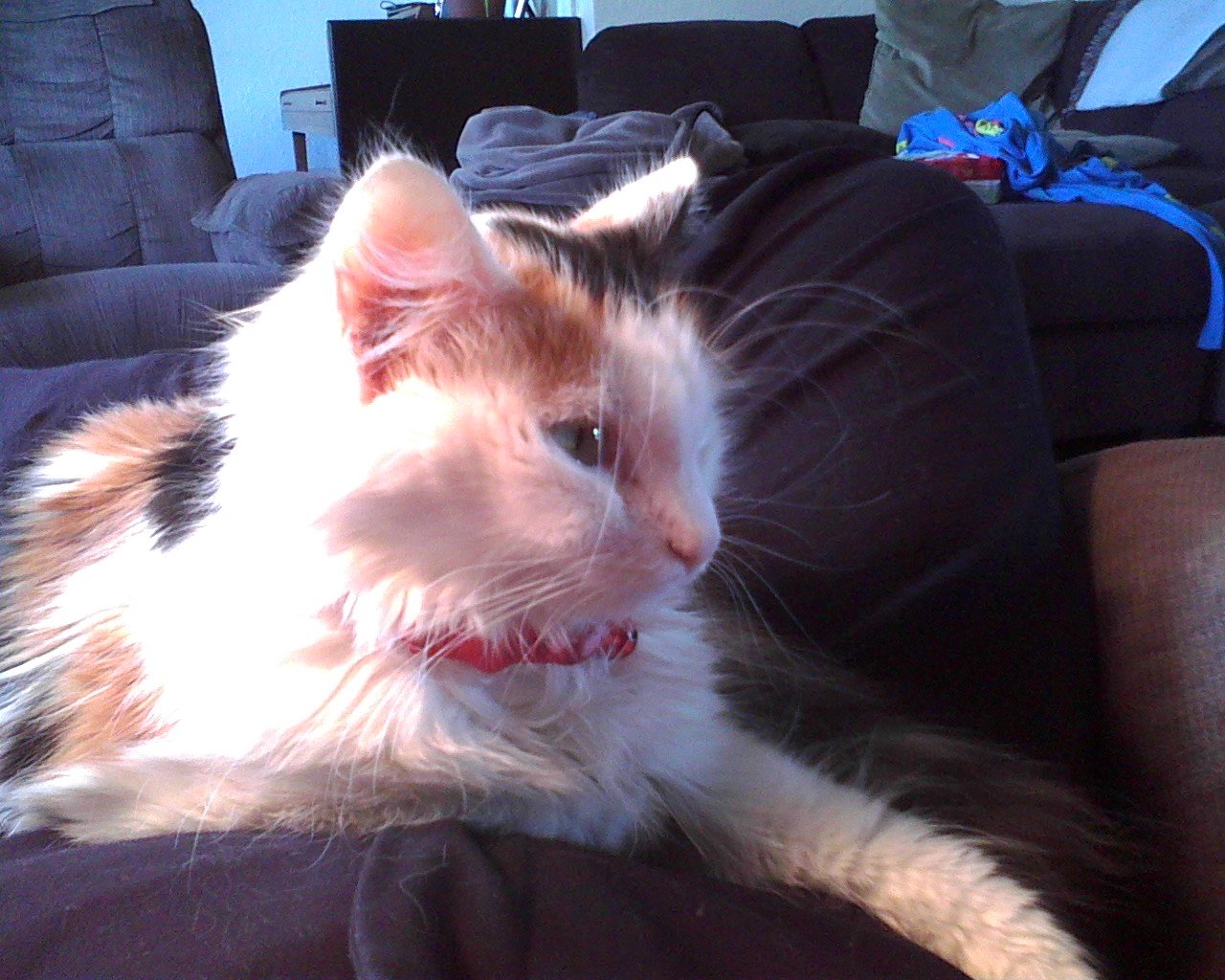
If your once-energetic cat seems listless, uninterested in toys, or spends most of the day sleeping, it’s worth worrying about. While cats do love their naps, a thriving cat will still show bursts of energy and curiosity. Lethargy can be a symptom of pain, infection, or emotional distress.
Sometimes, changes in the household—a new pet, a move, or even rearranged furniture—can lead to temporary lethargy. However, if the behavior persists, it’s crucial to seek veterinary advice. Don’t let your cat’s silence go unnoticed.
Vocalization Changes and Unusual Sounds
Cats have a wide range of vocalizations, from cheerful chirps to plaintive meows. If your cat suddenly becomes much more vocal—or much quieter—it’s a sign to investigate. Increased yowling, crying, or unusual sounds can mean pain, anxiety, or even cognitive decline in older cats.
Conversely, a chatty cat that suddenly stops talking may be feeling too ill to communicate. Pay attention to the tone and frequency of their sounds. Your cat’s voice is a powerful tool for telling you when something’s wrong.
Understanding your cat’s behavior is key to making sure they’re truly thriving. From playful zoomies to quiet hiding, every action tells a story about how they’re feeling. By spotting the happy signs—and catching the distress signals early—you can give your cat the care they need to stay healthy and content. After all, a happy cat makes for a happy home!

Born and bred in South Africa, a Capetonian at heart. Amy-Leigh’s love for nature and animals was inherited from her Dad. He loves taking the family on road trips to experience nature at its finest; Amy-Leigh’s favourite being whale watching in Hermanus and spotting Kudu along the West Coast. Amy-Leigh holds a BA in English Literature and Communication Studies.

